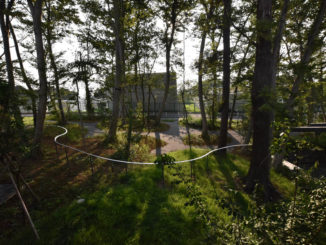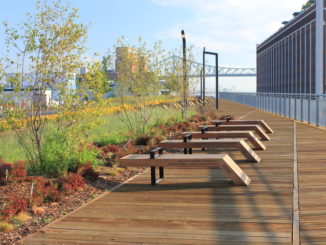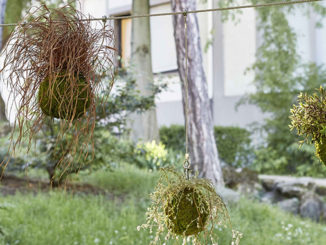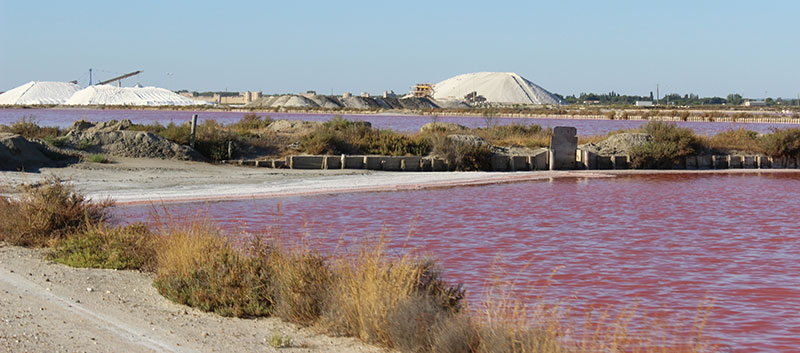
“The Petite Camargue is a landscape whose characteristics have been moulded by human settlement and activities over time: it’s an essential economic and environment interdependence. One of these activities, the salt production, has been present for centuries on the vast lagoons of Aigues-Mortes, and it has shaped the landscape. Salt marshes are wasteland from the mining process, that shapes and manufacturers landscape forms and different micro-climates. Indeed, through human activity, water and salt and the major ecological landscape elements.
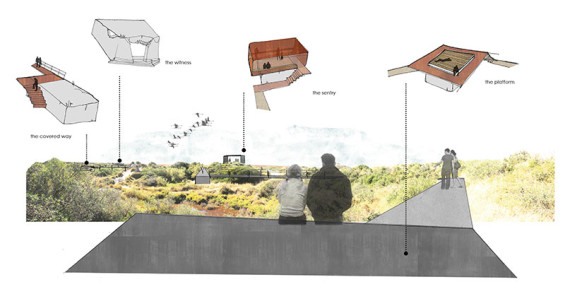
Today, Aigues-Mortes medieval city is characterized by an important tourist attraction: facilities and road infrastructures are no longer adapted and they have reached saturation point. In parallel with that, the protective approach which has been carried out shows a real commitment, but it was made in a adhoc manner, without comprehensive thinking at the macro scale. Current landscape management practices neglect to address the largest singular land use: salt production.
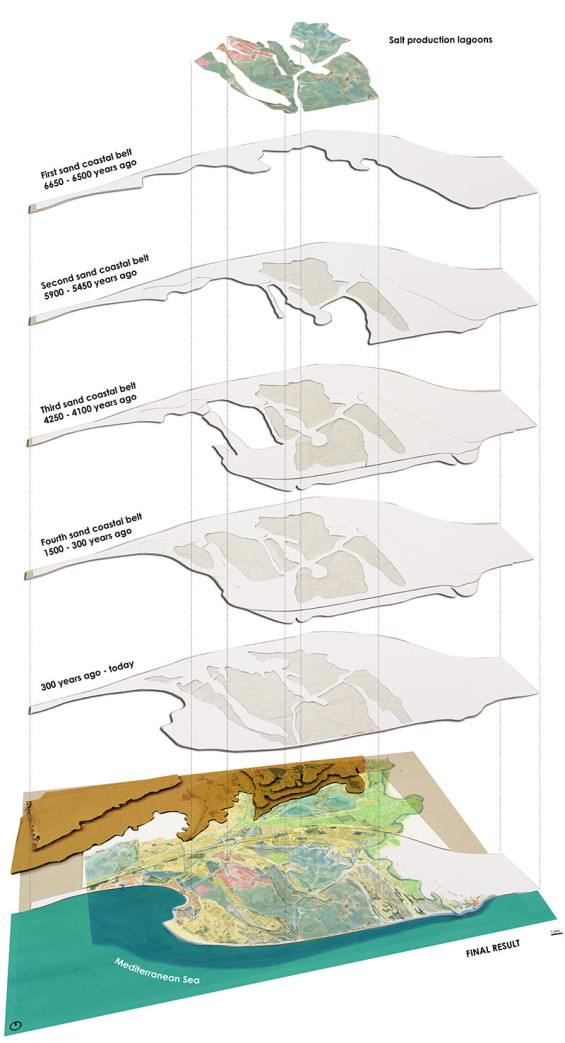
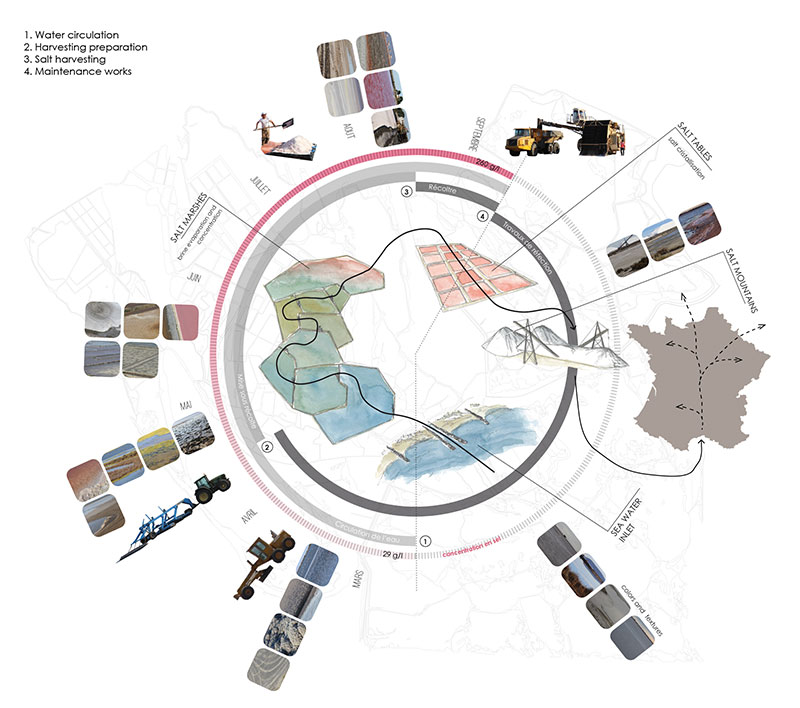
How do we sustainably manage the salt marshes whilst striking a balance between tourism, industry and the environment? This is the question we have to ask ourselves to establish a landscape strategy in order to mobilize and bring together stakeholders with a common objective; to determine in time and space crossings, places to be revealed, to be visited, to be transformed. By showing the industrial activity as the tourist landscape, this project aims at repositioning salt marshes at the heart of the territory so that they become a real catalyst.
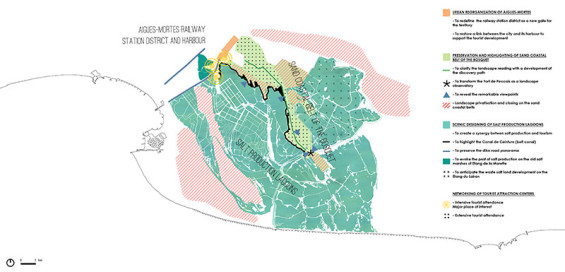
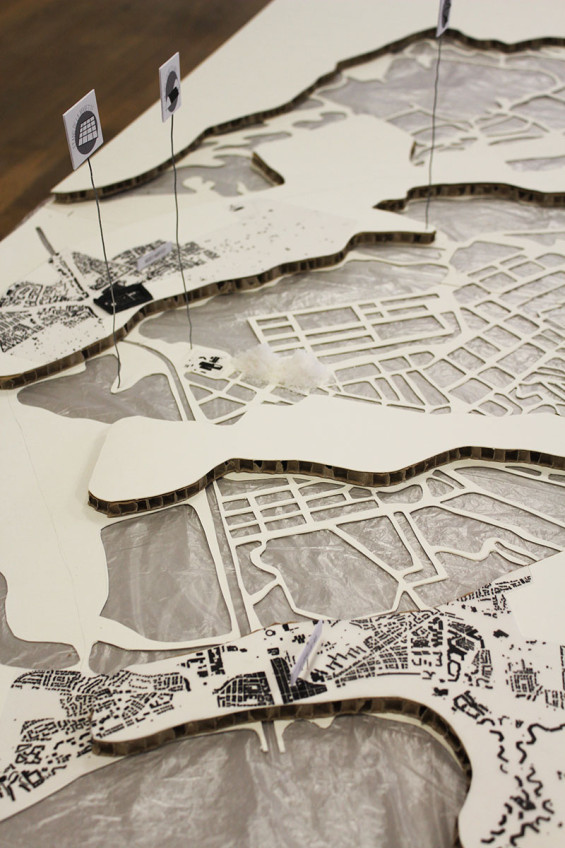
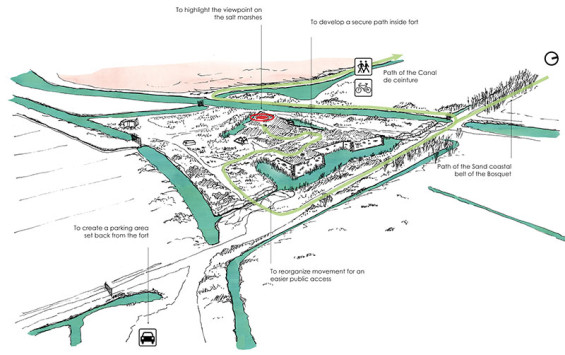
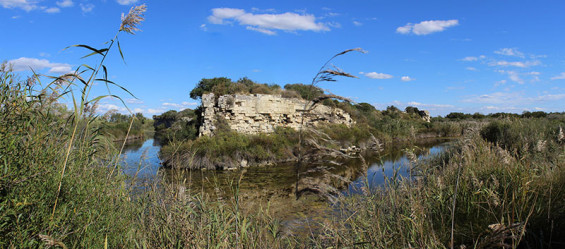
The Fort de Peccais was built in the sixteenth century to keep watch over the salt production. Today in ruins, it could become a landscape observatory, like an immersion at the end of world, in the heart of salt marshes, and in the past of salt production. This place is an example of intervention to give a new vision on the landscapes.”
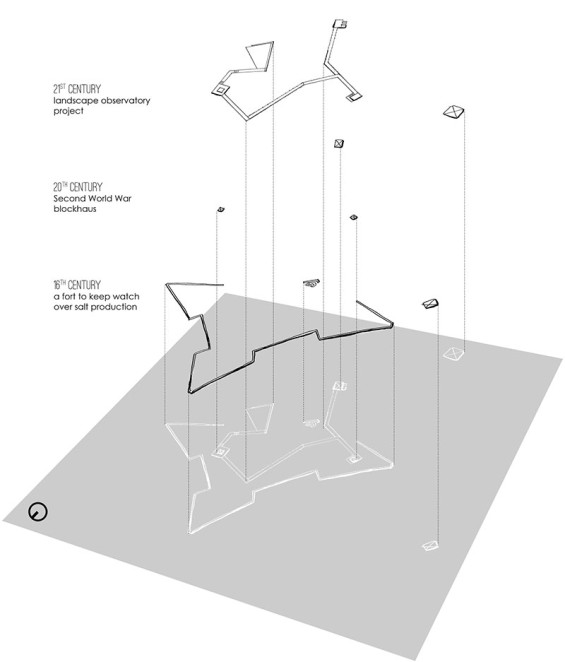
The Petite Camargue, Aigues-Mortes and its salt marshes, a new organization of the territory for a new vision on the landscapes
Location | Aigues-Mortes, France
Designer | Maxime Soens
School | Versailles National School of Landscape Architecture (personal final study project)
Images, Photographs & Model Credit | Maxime Soens

